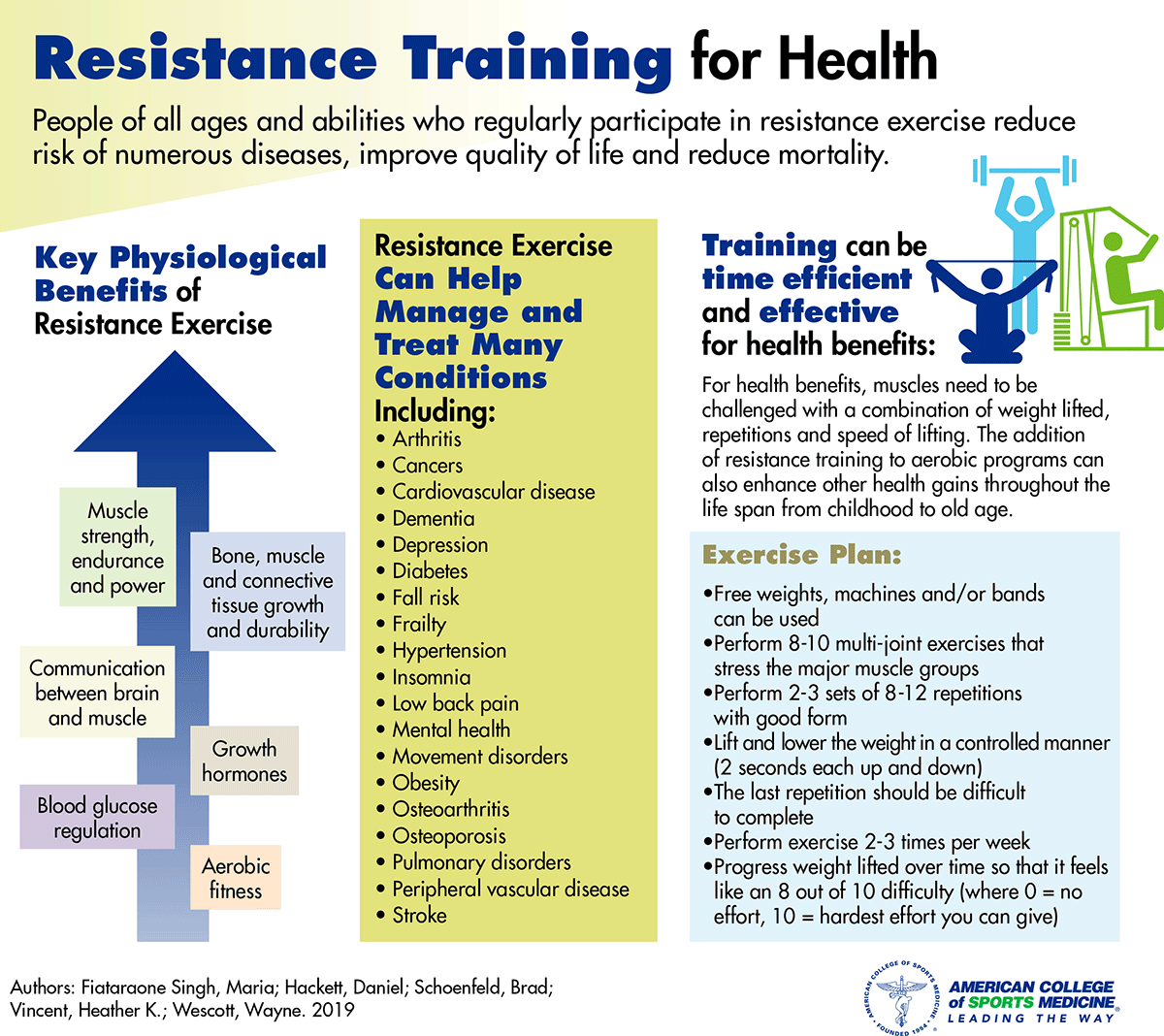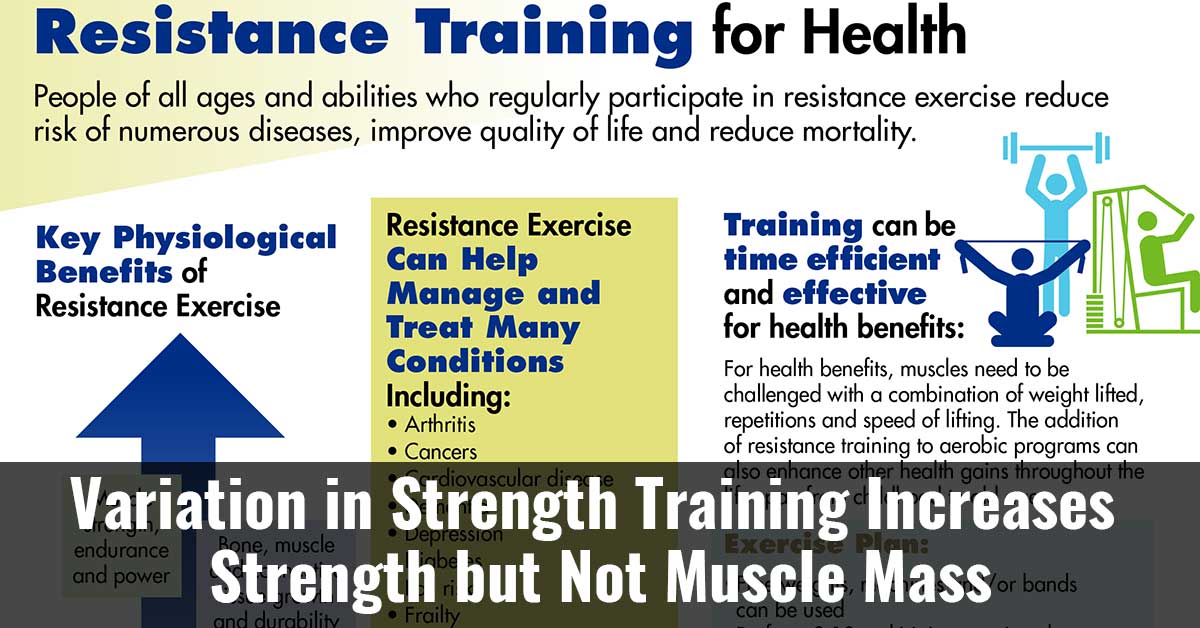It’s been assumed for some time now that strength training variation affects training results. Research shows that varied strength training positively impacts strength development, but does not affect muscle growth.
According to a systematic review with meta-analysis, the reason why periodized strength training can promote strength development, and not muscle mass, is probably found in the nervous system. Thirty-five existing studies were reviewed and analyzed, which included more than 1200 individuals.1✅ JOURNAL REFERENCE
DOI: 10.1007/s40279-021-01636-1
It’s commonly believed that to put on muscle, an individual has to vary their training regarding exercises, repetitions, and weight. But the study results reveal that ‘periodized strength training, where training is varied by the increase and decrease of variables like the amount of weight lifted, and also the amount of repetitions, benefits the development of strength, but not muscle mass. A person must vary their training if they want to get stronger.
Periodized strength training means that there is an increase and decrease in the weight load as well as the number of repetitions from week to week. As an example, an individual can perform fewer repetitions with more weight 1 week, before changing to more repetitions with less weight the next week.
As individuals get stronger from periodized workouts in comparison to workouts that are not periodized, it’s most likely because the nervous system is also trained, and subsequently the ability to activate and coordinate muscles to a maximum.
According to the researchers, the increase of muscle mass from strength training demands putting in an adequate amount of training hours and working out until the point of fatigue. The research indicates that strength training especially brings about muscle growth when the muscles are trained to exhaustion. And as more exercise generally results in more muscle growth.
It was also observed that individuals who already trained regularly progressed more in strength by varying training intensity and alternating between light and heavy weight lifting exercises.
In contrast, the untrained had the same training benefits, whether or not the variation happened daily or weekly, or if the training was linearly adjusted, i.e., by the increase in weight load over time as a person gains strength.
Overall, the study shows that weight load variation and the number of strength training repetitions can help if a person wants to get stronger and that the variation should probably take place more often when an individual is trained compared to if they are untrained. The results however also show that the varying of weight loads and the repetition quantity don’t appear to impact the amount of muscle growth.

Image Source – acsm



